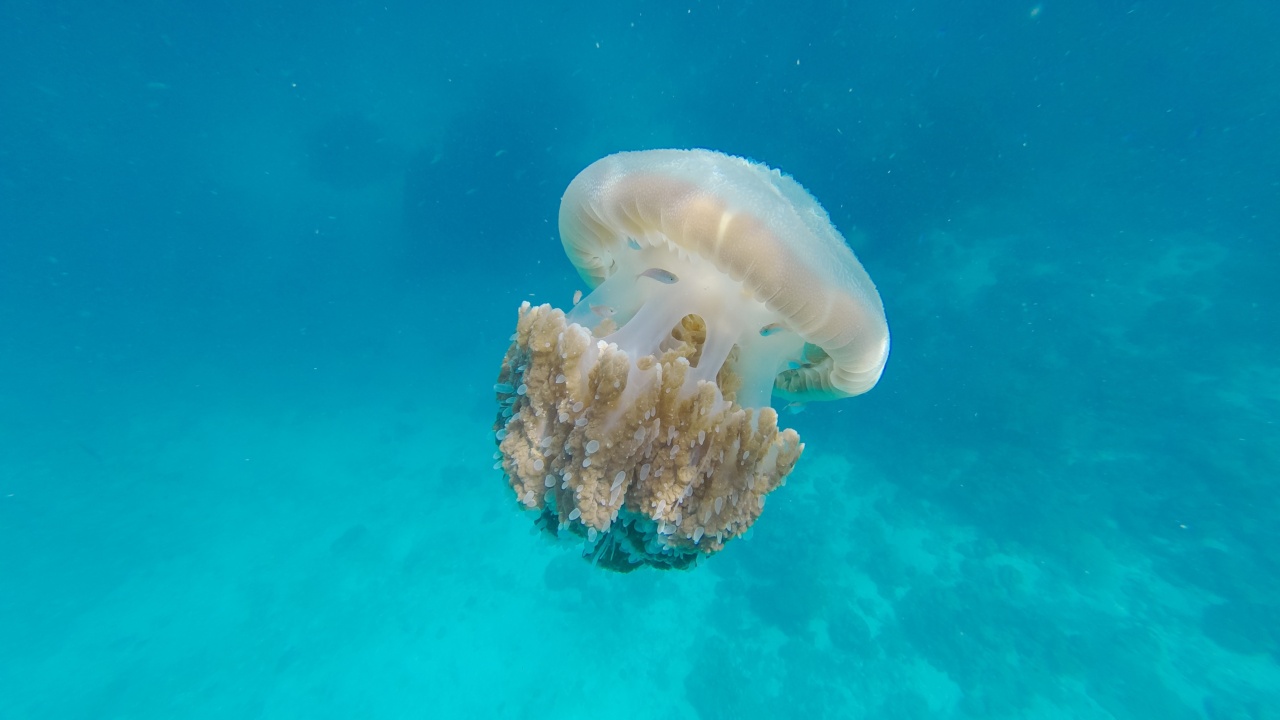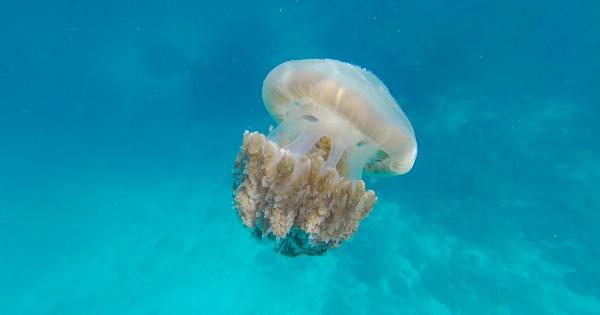Jellyfish are beautiful creatures found in oceans worldwide. Unfortunately, their stings can be very painful and even life-threatening. If you are stung by a jellyfish, the correct treatment can help to reduce the pain and prevent any complications.
In this article, we will discuss how to treat a jellyfish sting correctly.
Step 1: Remove Tentacles
The first step in treating a jellyfish sting is to remove any remaining tentacles. You can use a pair of tweezers or a credit card to gently scrape the tentacles away. Avoid using your fingers to remove the tentacles, as this can lead to further stinging.
Rinse the affected area with saltwater to remove any small tentacles that may still be attached. Avoid using freshwater, as this can activate the nematocysts (stinging cells) and make the sting worse.
Step 2: Rinse with Vinegar
The next step is to rinse the affected area with vinegar. This will help to neutralize the nematocysts and prevent them from releasing more toxins into your skin.
If vinegar is not available, you can also use baking soda, saltwater, or even urine as an alternative. However, vinegar is the most effective solution.
Step 3: Soak in Hot Water
After rinsing with vinegar, soak the affected area in hot water for 20-45 minutes. The water should be as hot as you can stand it without burning your skin. Hot water helps to relieve the pain and reduce the spread of toxins.
Never use cold water or ice, as this can cause the nematocysts to release more toxins and worsen the sting.
Step 4: Apply Topical Treatments
After soaking in hot water, you can apply topical treatments to the affected area. Aloe vera gel, lidocaine cream, or hydrocortisone cream can help to reduce the pain and inflammation.
You can also take over-the-counter pain relievers, such as ibuprofen or acetaminophen, if the pain is severe.
Step 5: Watch for Symptoms
If the jellyfish sting is severe or if you experience any of the following symptoms, seek medical attention immediately:.
- Difficulty breathing
- Nausea or vomiting
- Dizziness or fainting
- Chest pain
- Irregular heartbeat
- Swelling of the lips, face, or throat
- Severe pain that does not respond to treatment
Prevention Tips
The best way to treat a jellyfish sting is to avoid getting stung in the first place. Here are some prevention tips:.
- Avoid swimming in areas where jellyfish are known to be present.
- Wear protective clothing, such as wetsuits or rash guards.
- Always swim with a buddy in case of emergency.
- Carry vinegar with you when you go to the beach.
Conclusion
A jellyfish sting can be very painful and scary, but with the correct treatment, you can reduce the pain and prevent any complications. Remember to remove any tentacles, rinse with vinegar, soak in hot water, and apply topical treatments.
Watch for symptoms and seek medical attention if necessary. And most importantly, take steps to prevent getting stung in the first place.





























